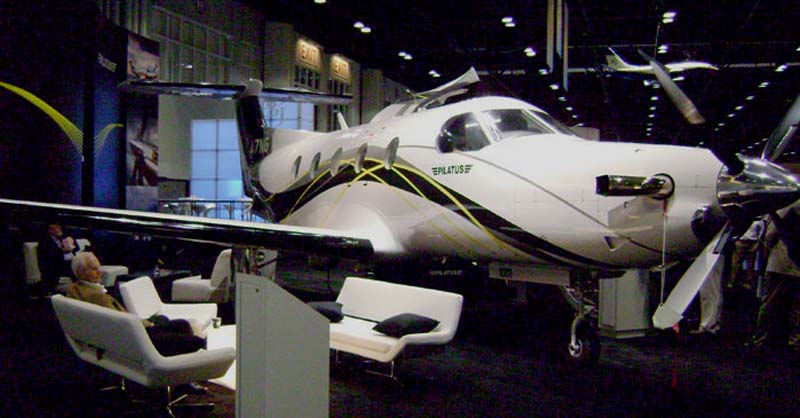|
HISTORY
The
company was established on 16
December 1939 and construction of a
new production building started in
March 1940. The first work for the
new company was assembly of EKW C-35
reconnaissance biplanes from spare
parts, and overhaul work on other
types.
The first design project was
a single-seat trainer,
designated the P-1, although
it was abandoned before
being built.
The next project was the
construction of the SB-2
Pelican which had been
designed by the Swiss
Federal Institute of
Technology.
The SB-2 first flew on 30
May 1944 only one of the
five-seat light transports
were built.
In 1942 the company won a
contract from the Swiss
military to modify 33 EKW
C-3603.
Following on from the
abandoned P-1 design the
company started again on the
development of a two-seat
trainer, designated the P-2.
The P-2 first flew on 27
April 1945 and the company
won an order for the Swiss
Air Force.
During 1945 the company
produced a prototype
single-engined light
transport, designated the
P-4, the P-4 first flew on
22 March 1948 but only one
was built. During the
late 1940s the company
produced a number of wooden
glider designs and went on
to produce fuselages and
tail-booms for the
licence-produced De
Havilland Vampire and Venom.
In 1951 the company worked
on the P-5, a design project
for an artillery observation
aircraft, it was not built.
With production of the P-3
for the Swiss Air Force in
progress the company
achieved its first export
order for six P-3s for the
Brazilian Navy.
In 1958 design work started
on a STOL light civil
transport aircraft, this
emerged as the PC-6 Porter
which first flew on 4 May
1959. In 1965 a
twin-engined variant of the
PC-6 was built as the PC-8
Twin Porter, although it
first flew on 15 November
1967 it remained an
experimental and one-off
type and development was
stopped in 1972.
Another project for the
PC-10 16-passenger
twin-engined transport was
started but was not built.
In a departure from the
production of trainers and
Porters the company bought
the rights to the all-metal
B-4 glider, Pilatus
re-designed the B-4 for
easier production and
redesignated at the
B-4/PC-11.
The PC-11 first flew on 5
May 1972 and the company
went on to built 322.
In 1966 a turboprop-powered
variant of the P-3 was
flown, designated the PC-7.
The aircraft crashed and
development was put on hold
until the 1970s. In
1975 a further prototype was
flown and after further
development it was marketed
as the PC-7 Turbo Trainer.In
1979, Pilatus acquired
Britten-Norman, constructor
of the Britten-Norman
Islander and Britten-Norman
Defender aircraft.In 1982
development of an improved
variant of the PC-7 was
started, it emerged as the
Pilatus PC-9 in 1984.
Development of what was to
become the companies best
selling type the Pilatus
PC-12 was started in 1987, a
single-engined turboprop
transport that could carry
up to twelve passengers or
freight. The prototype
PC-12 was flown on 31 May
1991.The first
PC-12 Eagle
surveillance aircraft was
built in 1995, further
developments led to the
PC-12 Spectre,
and in recent years adoption
of the PC-12 by the USAF as
the
U-28A.TSA
Transairco SA of Geneva was
procured by Pilatus in 1997.
In 1998 Pilatus Australia
Pty Ltd was established,
while Britten-Norman was
sold.To further the family
of military training
aircraft the turboprop PC-21
was developed and first
flown in 2002.In December
2000, the owners Unaxis
(previously called
Oerlikon-Bührle) sold
Pilatus to a consortium of
Swiss investors. In July
2010 the company delivered
its 1000th PC-12. |

